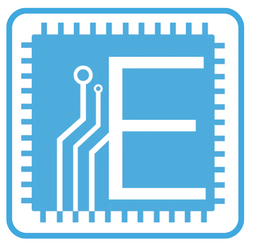OEB102 Evaluation Board for Surface Mount Oscillators
![]()
Key Features:
- Minimal phase noise degredation
- Solderless
- Non-destructive/reusable
- Buffered/unbuffered outputs
Common Applications:
- Student lab evaluation
- Parametric evaluation
- Incoming quality validation
- Engineering evaluation
Evaluation Platform For:
- Phase noise
- Temperature
- Aging
- Tuning characterization
- Nominal frequency
- ADEV
- Microjumps
- MTIE/TDEV
![]()
Functional Description:
Many of today’s commercially-available surface mount oscillators are so small that testing, debugging them, and developing the systems they use can be tedious. The OEB102 series of evaluation boards provides a reusable and non-destructive means of connecting to these devices to facilitate their testing. In addition to the input power connections, the OEB102 evaluation boards provide two separate outputs for even greater versatility. The first output provides a direct connection to the output pin of the device under test (DUT), which permits accurate measurement of the device’s output characteristics. The second provides a CMOS-compatible signal through the use of a buffer gate, which isolates the DUT while also providing ±24 mA of output current to drive a 50-ohm cable and external load, such as a frequency counter or application circuit board.
The OEB102 evaluation boards are available with a variety of DUT test sockets designed to accommodate oscillator package sizes ranging from 2.05 mm x 1.65 mm to 7.0 mm to 5.0 mm. Please see the Ordering Information section for more detailed information.
All electrical connections to the board use standard 50-ohm BNC RF connectors. Interfacing between the DUT and power supply using coaxial cable can reduce noise and improve the quality of waveform and frequency measurements. The boards are designed to operate at temperatures of -40° C to 85° C and an input voltage of +1.65 to +5.50 V at a maximum frequency of 100 MHz.
![]()
Ordering Information:

Outline Drawing:

![]()

